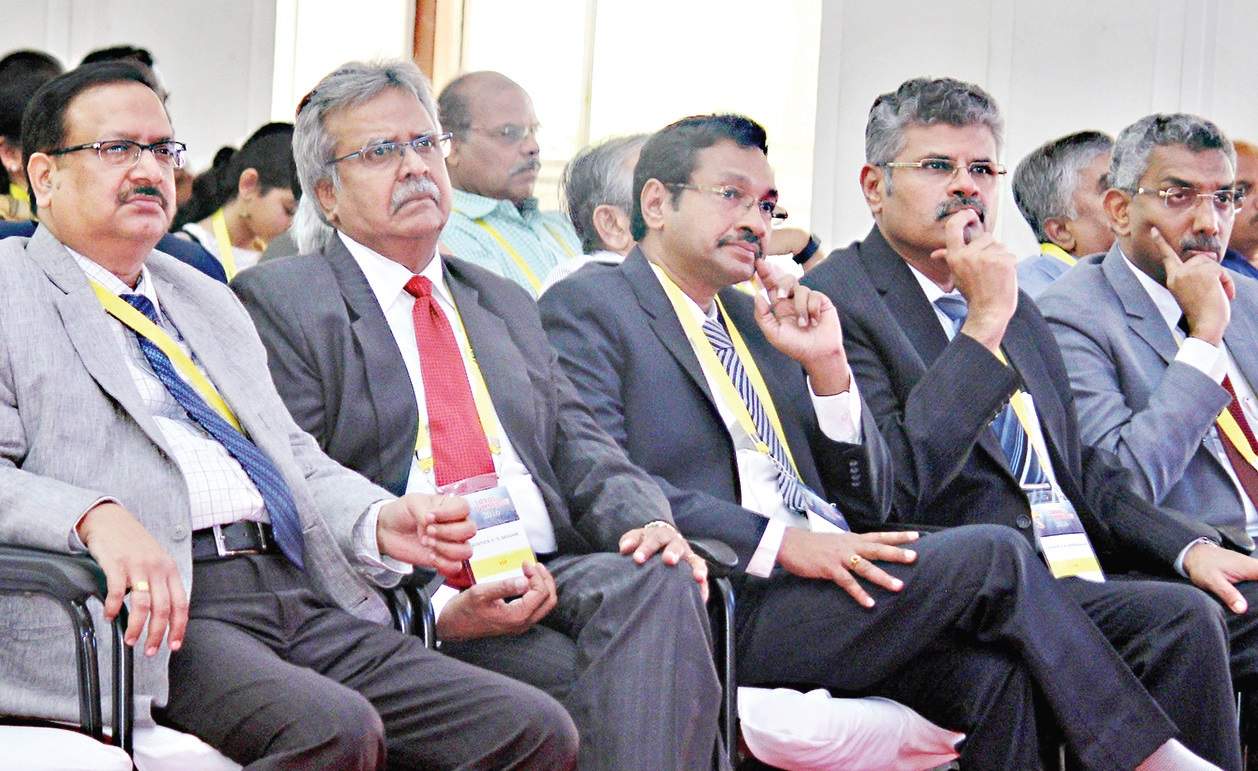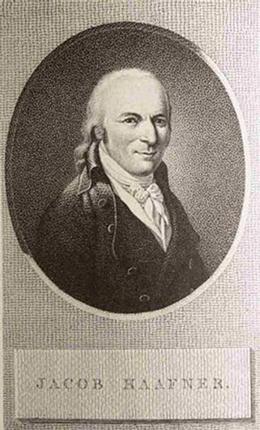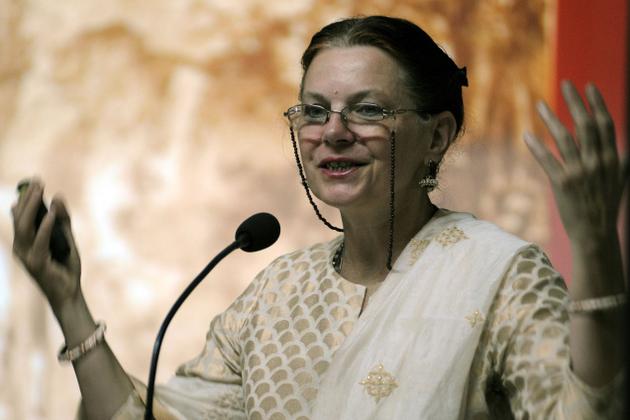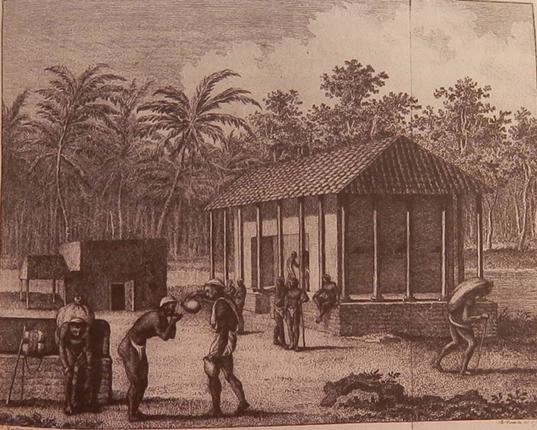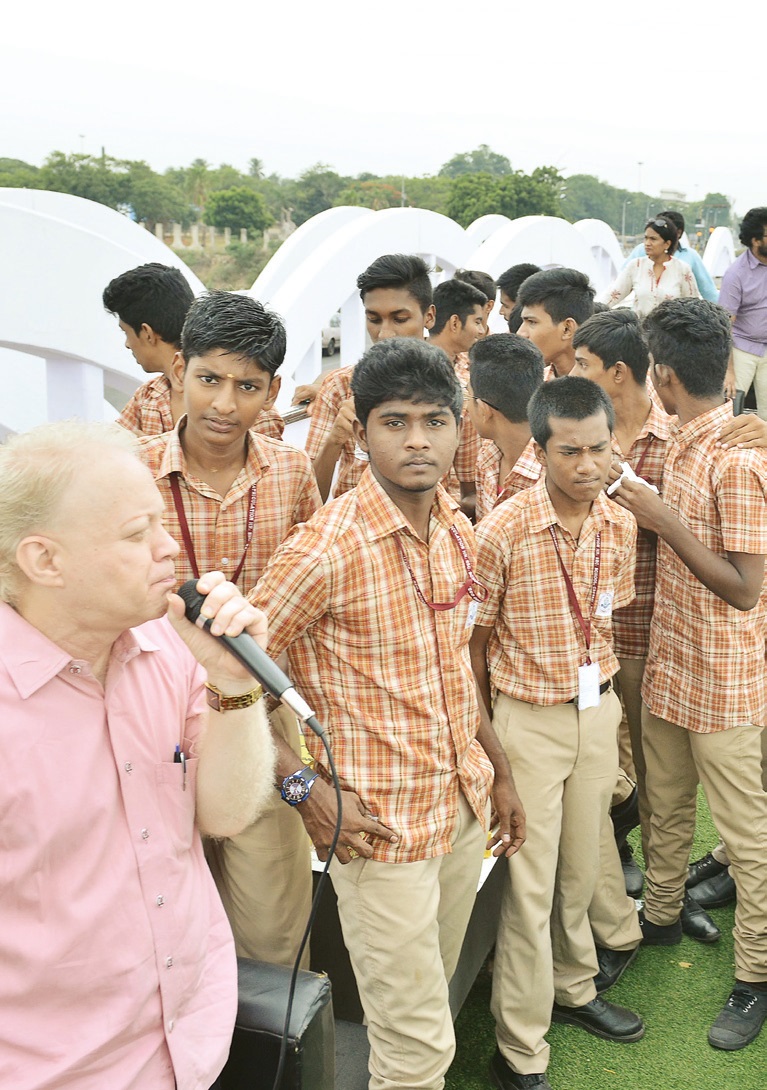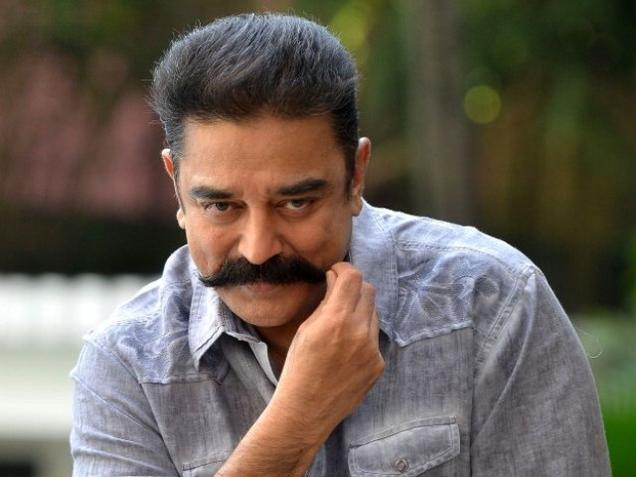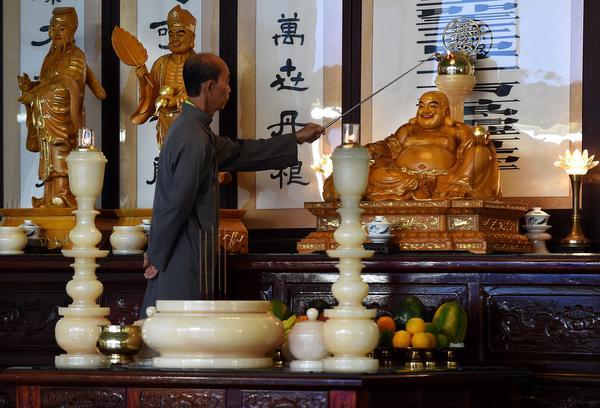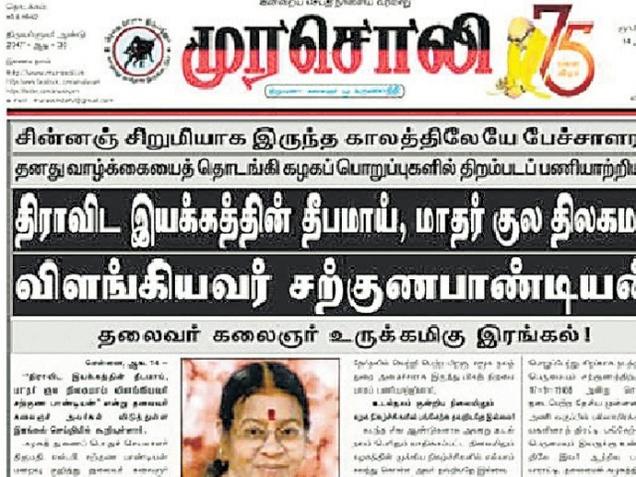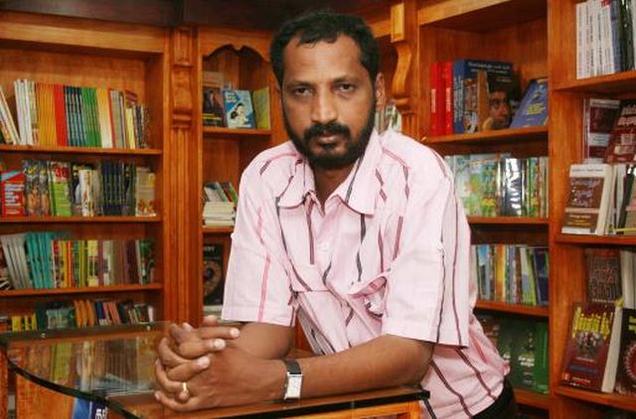Chennai :
Is colour just a pigment that is visually fascinating or is it the reflection of the hues of the mind. Do artists introspect about the various symbols that come into play or is it a spontaneous response. It is these nuances that the upcoming three-day festival Bani will explore.
The annual festival, curated by renowned Bharatanatyam dancer Alarmel Valli, looks at the idea of colours through the prism of the arts. Dance being a visual form, the use of colour is assumed feels the Padma Bhushan recipient.
“Colour is woven into the warp and weft of all art forms. There are different expressions, idioms and perceptions of it and different responses to it. It is widely used instinctively and deliberately, in an abstract as well as literal sense, yet it is often taken for granted. As an artist not many have the time to reflect and articulate these thoughts and so it was a good theme to deal with,” says Valli for whom the theme came together quite spontaneously as the subject has been there on her mind. The dancer for her is like a painter who fills the outline of the song using the body as medium, while the space is the canvas.
Through conversations, music and dance performances artists will be intrinsically bringing out the importance of colour during the festival which begins on October 14.
Bringing together, vocalists, filmmakers and dancers, the festival looks at use of colour in different artistic medias and challenges the audience to find their own meaning.
While singer T M Krishna and documentary filmmaker Arun Khopkar will set the tone of the festival with talks about interpreting and delineating the concept of colour, Carnatic vocalist Sanjay Subramanian, and Kathak exponent Kumudini Lakhia will be performing and subtly establish the concept using their respective repertoire.
Known for her ability to turn traditional grammar of dance into a deeply personal poetry, Valli has taken on the role of the curator for the past four years. “I like this process of exploring and taking an objective view of the creative process,” says Valli who feels that the metaphor of colour has helped her interpret lyrics and shades of characters.
The interaction on the first day will be at Amethyst Cafe and the performances will be at Kalakshetra.
source: http://www.timesofindia.indiatimes.com / The Times of India / News Home> City News> Chennai / TNN / October 14th, 2016
